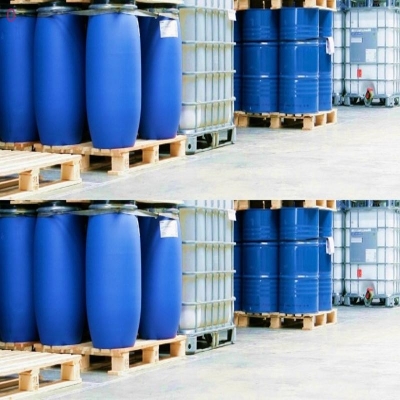-
Categories
-
Pharmaceutical Intermediates
-
Active Pharmaceutical Ingredients
-
Food Additives
- Industrial Coatings
- Agrochemicals
- Dyes and Pigments
- Surfactant
- Flavors and Fragrances
- Chemical Reagents
- Catalyst and Auxiliary
- Natural Products
- Inorganic Chemistry
-
Organic Chemistry
-
Biochemical Engineering
- Analytical Chemistry
- Cosmetic Ingredient
-
Pharmaceutical Intermediates
Promotion
ECHEMI Mall
Wholesale
Weekly Price
Exhibition
News
-
Trade Service
The number of potential therapeutic targets on the surface of human proteins is much greater than previously thought, according to a new study published today in Nature
.
Researchers at the Centre for Genome Regulation (CRG) in Barcelona, Spain have developed a groundbreaking new technology that uncovers many of the "secret doors" that control the function of proteins that could, in theory, dramatically alter dementia, cancer and infection disease and other diseases
This approach to target discovery could be a game-changer for drug discovery, leading to safer, smarter and more effective drugs
.
It enables research labs around the world to target any protein, including those previously considered "undruggable"
Proteins play a central role in all living organisms and perform important functions such as providing support structures, speeding up responses, acting as messengers or fighting disease
.
They are composed of amino acids that fold into countless different shapes in three-dimensional space
Allostery is one of the great unsolved mysteries of protein function
.
An allosteric effect occurs when a molecule binds to a protein surface, which in turn causes changes in the protein's distant location to regulate its function by "remote control"
Although allosteric sites are critical, they are very difficult to find
.
This time, the researchers developed a technique called double-depth PCA (ddPCA) to address this challenge
"We intentionally break things in thousands of different ways to build a complete picture of how things work," explains Professor Ben Reiner, coordinator of the CRG Systems Biology programme and author of the study
.
The method works by changing the amino acids that make up the protein, resulting in thousands of different versions of the protein with only one or two differences in the sequence
.
The researchers then tested the effects of the mutant proteins simultaneously in living cells in the lab
According to the researchers, each cell is a small factory that produces different versions of the protein
.
There are millions of different factories in one test tube, so it's possible to test how well all the different versions of a protein work very quickly
The technique promises to facilitate the study of protein function and evolution
.
If scaled up, the properties of proteins can be precisely predicted from amino acid sequences







